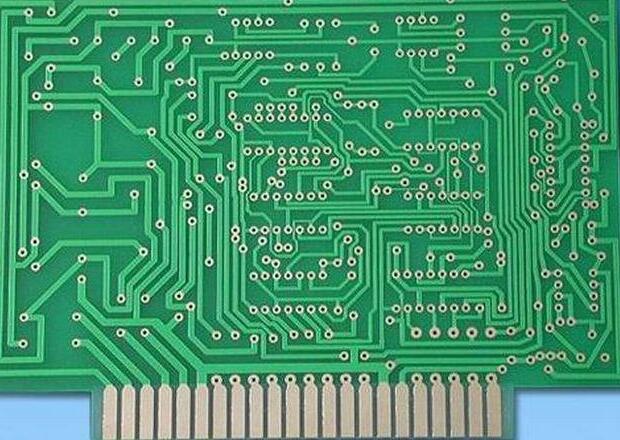Definition and description of each layer of PCB
1. TOP LAYER (top wiring layer)
Designed as the top copper foil trace. If it is a single-sided board, there is no such layer.
2. BOMTTOM LAYER (bottom wiring layer):
Designed as bottom copper foil trace.
3. TOP/BOTTOM SOLDER (top/bottom solder mask green oil layer):
Apply solder mask green oil on the top/bottom layer to prevent tin on the copper foil and maintain insulation. Open the window with solder mask at the pads, vias and non-electrical traces on this layer.
In the design, the pad will be opened by default (OVERRIDE: 0.1016mm), that is, the pad exposes the copper foil and expands by 0.1016mm, and it will be tinned during wave soldering. It is recommended not to make design changes to ensure solderability
In the design of the via hole, the window will be opened by default (OVERRIDE: 0.1016mm), that is, the via hole exposes the copper foil, expands by 0.1016mm, and will be tinned during wave soldering. If the design is to prevent the tin on the vias and not expose the copper, you must check the PENTING option in the additional properties of the vias SOLDER MASK (solder mask opening) to close the via opening.
In addition, this layer can also be used for non-electrical wiring separately, and the solder mask green oil will open the window accordingly. If it is on a copper foil trace, it is used to enhance the overcurrent capability of the trace, and tin is added during soldering; if it is on a non-copper foil trace, it is generally designed for logo and special character silk screen printing, which can be omitted. Character silk screen layer.

4. TOP/BOTTOM PASTE (top/bottom solder paste layer):
This layer is generally used to apply solder paste during the smt reflow process of SMD components, and has nothing to do with the printed board manufacturer's board. It can be deleted when exporting the GERBER, and the PCB design can keep the default.
5. TOP/BOTTOM OVERLAY (top/bottom screen printing layer)
Designed as a variety of silk-screen logos, such as component number, character, trademark, etc.
6. MECHANICAL LAYERS (mechanical layer):
Designed as a PCB mechanical shape, the default LAYER1 is the shape layer. Other LAYER2/3/4, etc. can be used for mechanical size marking or special purposes. For example, when certain boards need to be made of conductive carbon oil, LAYER2/3/4, etc. can be used, but the purpose of the layer must be clearly marked on the same layer.
7. KEEPOUT LAYER (prohibited wiring layer)
The design is to prohibit the wiring layer, and many designers also use it as the mechanical shape of the PCB. If there are KEEPOUT and MECHANICAL LAYER1 on the PCB at the same time, it mainly depends on the integrity of the two layers. Generally, MECHANICAL LAYER1 shall prevail. It is recommended to use MECHANICAL LAYER1 as the shape layer when designing. If you use KEEPOUT LAYER as the shape, do not use MECHANICAL LAYER1 to avoid confusion!
8. MIDLAYERS (middle signal layer)
Mostly used for multi-layer boards, our design is rarely used. It can also be used as a special-purpose layer, but the purpose of the layer must be clearly marked on the same layer.
9. INTERNAL PLANES (internal electrical layer)